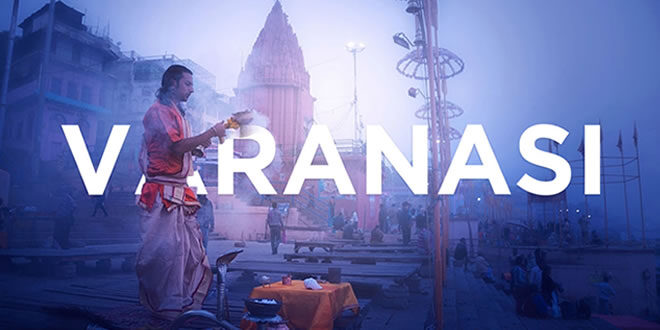Mark Twain’s famous words about Kashi resonate with its history, who had said, “It is older than history, older than tradition, older even than legend, and looks twice as old as all of them put together.”
Varanasi is closely associated with Sanatan Dharma, Jainism and Buddhism. Notably, Buddha himself gave his very first sermon in 528 BC at Kashi. Mark Twain’s famous words about Kashi resonate with its history. He had said, “It is older than history, older than tradition, older even than legend, and looks twice as old as all of them put together.”
Varanasi is a southeastern city in Uttar Pradesh. It is located on the bank of the River Ganga. Kashi is one of the seven most sacred cities associated with Sanatan Dharma or Hinduism. For a long period of time, Kashi remained the centre of religious, educational and artistic activities.
When Islamic rulers and Mughals invaded India, Varanasi became one of the prime targets and the attacks on the city date back to 1194. During the period of Islamic rulers, several Hindu temples were destroyed. Many scholars who lived in the city fled out of fear. In the 17th century, Aurangzeb demolished Kashi Vishwanath Temple and built a mosque in its place. By the 18th century, Marathas started working on its revival. It became an independent kingdom in the same period.
Mata Ahilyabai Holkar rebuilt the temple next to the mosque that was built on the site of the original temple. However, its revival saw another obstacle when the British came to power in India. It is noteworthy that during that time, Kashi thrived as a centre for religion for Hindus. In 1910, the British made Varanasi a state with Ramnagar as headquarters. After independence in 1947, it became part of Uttar Pradesh.
Sanatan Dharma breathes in Kashi:
Miles of ghats, religious bathing, temples and places linked to Sanatan Dharma make Kashi one of the holiest places on earth. The city is bounded by a road known as Panchkosi. Devotees wish to walk that road and visit Kashi at least once in a lifetime. Many believe that living in Kashi during the last days assures Mukti or Moksha. Every year millions of pilgrims visit Kashi.
Baba Vishwanath Temple, Bhagwan Sankatmochan Dham, Maa Durga Temple and many others are some of the main attractions in the city. Being associated with education, Kashi houses Banaras Hindu University and two others, along with countless schools and educational institutes.
Mahashivratri, the festival of Shiva, the Ganga festival, Bharat Milap, Bhasma Holi and many other festivals attract hundreds of thousands of pilgrims and tourists.
Not only Sanatan Dharma, but Kashi also has ruins of ancient Buddhist monasteries and temples. There are temples built by the Maha Bodhi Society and by Burmese, Tibetan and Chinese Buddhists.
 ITP Indian Travel Places: Food, Travel, Tourism Business Events and Trade Shows
ITP Indian Travel Places: Food, Travel, Tourism Business Events and Trade Shows







